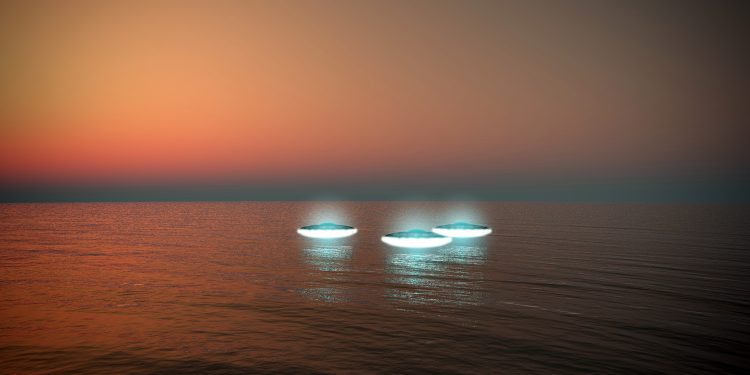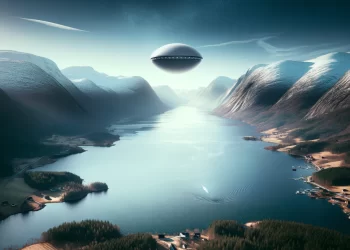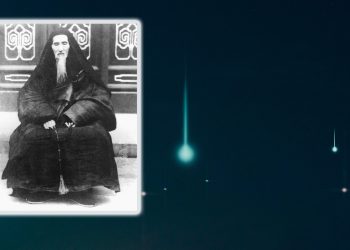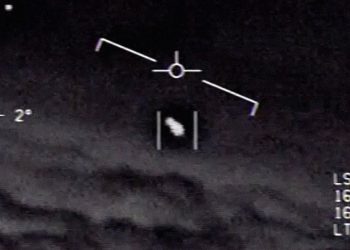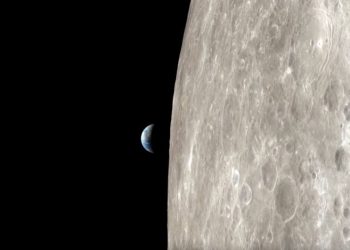UFOs are the hottest debated subject on the internet, in pubs, restaurants, and family dinners. No longer are we shy to read, write, or speak about unidentified flying objects. We’ve all seen at least one UFO. Others, like me, have seen them several times. UFOs have become something that we are not accustomed to. No longer is the subject a conspiracy. In fact, scientists are working to figure out what UFOs represent. NASA has a special group of astrophysicists working on that. The Pentagon has a UFO office that investigates sightings. And I must again remind you that the US Congress has implied UFOs are extraterrestrial technology. In other words, the truth is out there.
UFOs are not a modern phenomenon
But UFOs are far from being just a modern thing. In fact, throughout history, we find many accounts of UFO sightings. Some of them even date back to ancient Egypt. Others, perhaps the most famous, date to medieval times. What few people know is that Cristopher Columbus encountered strange objects in his journey towards the American Continent. Although his original travel journal was lost, there are certain copies written by a man called Bartolome de las Casas. The father and uncle of Bartolome were on Columbus’ second voyage, and Bartholomew edited Columbus’ travel journals later in life. Christopher Columbus’ first voyage to America was chronicled by Bartolome in the 1530s. The reports that Columbus is attributed to today are based on three entries in this diary. One entry deals with compass problems, and the other with strange lights.
The alleged UFOs sighted by Columbus
Columbus’ diary contains two notes about the strange lights he saw. Their first encounter took place on September 15, 1492: “They sailed 27 leagues that day and night and several more on their way west. And that night, at the very beginning of it, they saw a wonderful branch of fire falling from the sky into the sea, four or five leagues away from them.”
The second strange light, which Columbus and his ships first saw on Thursday, October 11, 1492, was also reported in the diary:
“…However, it was so faint that the admiral did not want to claim that it was land. But he called Pero Gutierrez, and told him that there seemed to be light there and that he should look. So he did and saw it. He also told this to Rodrigo Sanchez de Segovia, who was sent by the King and Queen as a Vidor [inspector] of the fleet, who did not see anything because he was not in a place where he could see it. After the admiral had uttered these words, he was seen once or twice and looked like a small wax candle that rose and rose up, which seemed to be some sign of the earth.”
Compass problems
The third entry is of particular interest since it makes reference to issues with the compass and, specifically, with the north star moving. As Earth rotates around its rotational axis, Polaris, or the North Star, lies more or less directly above its north pole. Essentially, it is the imaginary line that extends from the north pole to the south pole of the planet. In other words, it is a star that does not move in the sky. Sailors used the northern star as a navigational aid for hundreds of years.
This is the third entry dating back to Monday, September 17, 1492: “The pilots took a course to the north, marking it [the pilots found the North Star in the sky and compared it with its compass bearing], and found that the compasses deviated to the north by a full point [that is, by eleven and a quarter degrees]. The sailors were frightened and depressed. The admiral knew this and ordered that the north should be marked again at dawn, and they found that the compasses were correct. The reason was that the North Star seemed to be moving, not the compasses.”
Have something to add? Visit Curiosmos on Facebook. Join the discussion in our mobile Telegram group. Join Curiosmos on Telegram Today. t.me/Curiosmos



